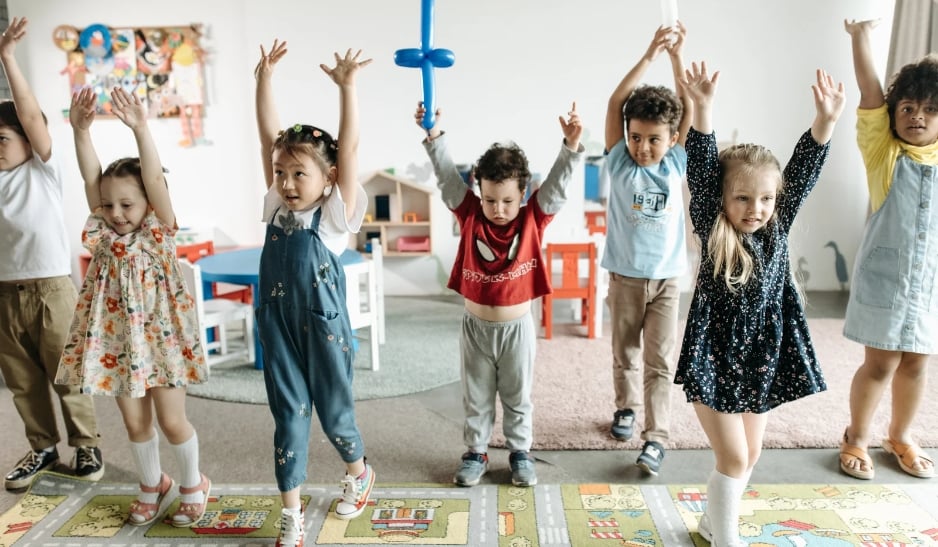Risk Management in Schools: Essential Know-How for Safety

Risk Management in Schools: Essential Know-How for Safety
In the context of an educational institution, risk management transcends its traditional definition. It is not just about addressing hazards that could cause physical harm but rather extends to emotional and psychological safety as well. Risk management in schools involves identifying, evaluating, and devising strategies to minimize risks that can impact a child's safety, welfare, and overall development.
In a world increasingly fraught with challenges, risk management in schools becomes even more critical. Our schools are not just places for academic learning; they are environments where children learn to navigate social relationships, understand their own emotions, and build resilience. Thus, the importance of a comprehensive risk management plan is profound - it ensures not only the physical safety of children but also creates an environment conducive to their holistic development.
Understanding Risks in Schools
Understanding the potential risks in schools is the first step towards effective risk management. One of the primary areas to consider is the physical environment. Schools, like any public space, are filled with physical risks that may go unnoticed until an accident occurs. These can range from hazards related to infrastructure, such as slippery floors, poorly lit areas, sharp corners, or outdated and hazardous playground equipment. Infrastructure risks also extend to more subtle factors, like poorly designed classrooms that can strain children's eyesight or cause ergonomic issues.
However, risks in schools are not just physical. Emotional and psychological risks are just as important to address, though they are often more challenging to identify and manage. These risks can manifest in various forms, such as instances of bullying, peer pressure, academic stress, and even teacher-student relationship dynamics. A further layer of complexity comes from health-related risks. These encompass aspects such as food safety in the cafeteria, cleanliness of the school environment including restrooms, drinking water safety, and handling the spread of communicable diseases among students. The task of identifying and understanding these risks is challenging but critical for effective school risk management.
Implementing Risk Management Strategies
The role of the leadership team in implementing risk management strategies is paramount. School leaders must not only establish safety protocols but also foster a culture of safety within the institution. The priority they give to safety influences how seriously the rest of the school community takes it. Hence, the leadership team's commitment to risk management goes beyond just the formation of policies; it's about ensuring those policies are deeply ingrained into the school's culture.
Once the leadership has established a culture of safety, the next step is to empower the staff with the necessary skills and knowledge to implement it. This involves comprehensive training on identifying and handling risks. Staff training should not be limited to understanding protocols but should also include practice drills for emergencies, such as fires, earthquakes, or lockdown situations. This ensures that all staff members are prepared and know how to act in case of a crisis, thereby reducing panic and confusion, and potentially saving lives.
Finally, alongside training, schools must enforce the developed safety policies and procedures diligently. These policies should cover a broad spectrum of scenarios, ranging from handling hazardous materials in science labs, to dealing with instances of bullying, to maintaining hygiene in cafeterias. In addition, regular maintenance checks of the school's infrastructure and equipment are essential to ensure their safety and longevity. These checks can help identify potential hazards before they lead to accidents, making preventive care a crucial part of risk management. Through these strategies, schools can ensure a safer, more secure environment conducive to learning.
The Role of Technology in Risk Management
In this digital age, technology has become a significant ally in enhancing risk management in schools. The use of technology can range from basic applications such as surveillance systems to more advanced software solutions that aid in risk assessments. Surveillance cameras strategically installed around school premises can serve as a deterrent for unwanted behavior and provide valuable insights in the event of an incident. Alarm systems can enhance the safety of the premises after hours, and access control systems can ensure only authorized personnel enter the school, enhancing the physical security of students and staff.
In addition to these physical security measures, innovative software tools have emerged that are specifically designed to assist in risk management. These tools can be used to conduct risk assessments, monitor compliance with safety procedures, and manage the reporting and resolution of identified risks. These technologies not only provide valuable data but also create a systematic approach to risk management, making the process more efficient and effective.
Moreover, technology has made strides in enhancing communication, a critical aspect of risk management. Efficient communication tools can facilitate the swift exchange of information about risks and emergencies to all relevant parties. Such tools enable schools to notify parents quickly about any incidents or emergencies, ensuring that the school community stays informed and prepared. Furthermore, digital platforms can be utilized for training purposes, making it easier for staff to access and complete necessary risk management training. As we move further into the digital era, schools must continue to adapt and utilize these technological advancements to enhance their risk management strategies.

The Impact of Risk Management on Kid Development
One cannot overstate the importance of a safe and secure environment on a child's development. Physical safety is the most visible facet of this. A child who feels physically safe at school is free from the constant worry about potential harm. This promotes better learning conditions, as the child can direct their attention fully towards their studies without the lingering fear of physical harm. Further, the trust a child builds in their environment when they feel physically safe encourages them to explore more, leading to better cognitive and physical development.
However, the benefits of risk management aren't limited to just physical safety. Effective management of emotional and psychological risks has an equally significant impact. Schools that foster a culture of emotional safety can help develop healthy relationships and social skills among students. In such an environment, students feel supported and are more likely to express their feelings, voice their concerns, and engage more actively in classroom activities. Lastly, ensuring health safety in schools can have a long-lasting impact on a child's wellbeing. By making sure cleanliness and hygiene standards are maintained, schools can prevent health issues that might otherwise disrupt a child's academic progress. In essence, risk management in schools contributes to a more holistic development of students.
Conclusion
In conclusion, risk management in schools is not just about responding to accidents and emergencies. It is a comprehensive process that ensures a safe and conducive environment for our children, promoting their holistic development. Schools should view risk management as an investment in the future, the effects of which will reverberate far beyond the classroom walls. After all, our children's safety today shapes their success tomorrow.
As we strive to create safer, more secure educational environments, it is essential to remember the role that organizational efficiency plays. Curacubby can help streamline your school administration process, automating repetitive tasks, and giving educators more time to focus on what truly matters - creating a safe and supportive environment for children to learn, grow, and thrive. A well-organized school is a step closer to a safer school, and with Curacubby, you're empowered to take that step with confidence.









